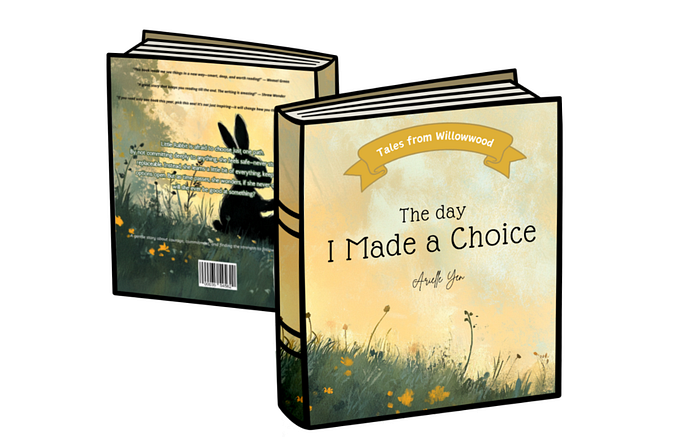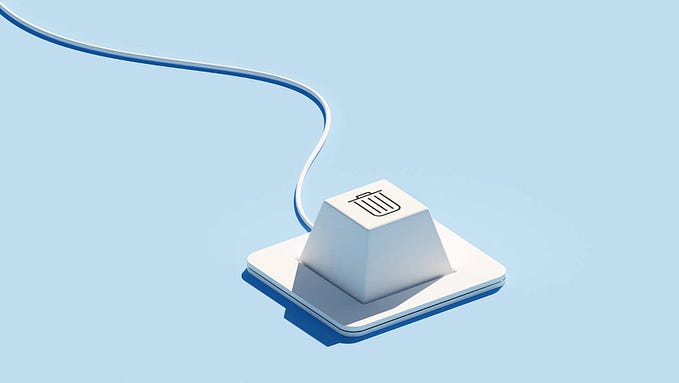Marketing an Indie Game as a Team of Two
There are tons of awesome indie games being released, with around 34 being released on Steam alone each day. With so many games on the market, it can be difficult for indies to stand out, making marketing essential for success. We knew this going into development of our games at Bodeville, and we created a plan early on to get our names out there as best we can.
This is cross-posted from our Bodeville dev log here!
Here’s the steps we’ve taken (and are still going through) to bring our games to our target audiences:
Figure out your Target Audience
Chief Emoji Officer is a text adventure and started off as a prototype. We started looking into games similar to it, like Emily Is Away, [I] doesn’t exist, A Normal Lost Phone, and just searched for other ‘text adventure’ games on Steam. This helped us figure out our genre, the tags we use on Steam, and the communities we’d post in on Reddit and social media.
We really honed in on Emily Is Away and the sequels. We looked at communities related to it, what people liked about it, and the game systems that the game has. We drew a lot of inspiration from it, but we also looked at other narratives like Bojack Horseman and Mythic Quest to get inspiration for the characters.
A few methods to aggregate information quickly with large datasets is to utilize webscraping tools online or write your own, and use ChatGPT to research information.
We added Steam tags similar to the games above, and are able to make tweaks based on the “More like this” list on Steam.
Create a Brand Identity
“Chief Emoji Officer” was an idea in a long list of ideas for the name of our game. But it resonated with both me and Bo, and it didn’t have a lot of content on the internet related to it. No other games are named “Chief Emoji Officer” and there aren’t hashtags on Twitter associated with it other than Jeremy Burges, who is an emoji historian and started the emoji reference site Emojipedia.
So we went with that and started developing a logo, testing out fonts, looking for references, and trying to hit the “pretend serious” feeling.
We’ve iterated on the messaging quite a bit, but the main mechanic of the game is “become CEO using only emojis” which is simple and easy to understand. From there, we expanded on what the game has to offer by looking at other interactive fiction Steam pages and posting in Reddit communities to get feedback.
Leverage Social Media
Social media plays a part in the marketing of your game, but you shouldn’t put all of your eggs in one basket. Social media is important because you can build a community around your game and get a ‘pulse’ of how people feel about the game to get quick feedback.
We’ve been testing the waters with many platforms, and implemented UTM codes to be able to track where traffic is coming from. For instance:
https://store.steampowered.com/app/2287350/Chief_Emoji_Officer/?utm_source=medium
The end code for medium will make a record for every time that link is clicked, labeling it as “medium.”
Steam has recently added features to track this automatically, resulting in charts in Steamworks for all the codes you’ve created, or the auto codes another website adds to their links (SteamDB auto adds codes).

It’s important to keep track of what codes you have, along with any link shorteners so you can customize and add these to your headers and posts.
TikTok, Reddit, and LinkedIn are the most important social media platforms to us right now. Instagram is known for being a low performer so we haven’t considered it, and Twitter is working worse these days to drive traffic as people are leaving the platform.
Figure out your Timeline
If you’ve done the above, you’re probably at the point where you’re going to make a timeline to schedule press, send emails, schedule streamers, and make posts on social media. Here’s our rough timeline of the marketing tasks we’re doing to give it our all:
Build a Press and Streamers List
This part is all about research, tailoring your message, and cold calls. I always make a point to make sure it brings some value to them or is highly tailored to their interests. Our return rate is about 4%, where we either got a stream or a review. I’ve heard the average is about 5%, so expect to make a very long list and send information out.
We build a press list through our friends in the industry, people who have written on us before, and journalists who have written on similar games.
As for streamers, we’ve done a lot of research into people who stream similar games or are into the genre of our game. It can take time to find their contact information, but the best place I’ve found to get their email is on their Youtube videos on demand (VODs).
Press kits are important when sending to press. They’ve asked for them as we’ve reached out, and typically include blurbs about the game, pricing, gifs, videos, and images/logos. https://bodeville.com/games.html
Make Ads
Ads were moderately successful for us, but not the highest impact after the cost. We started with a small budget for testing, around 30 dollars to test on Youtube.
It’s helped us learn more about the demographics who are interested in our game so we can target our ads and social media efforts there. Our first ad resulted in a decent amount of views (for one day) but no clicks:
So we made these adjustments and tried again:
- Added a CTA in the ad
- Customized the ad to be less than 57 seconds, specific for wishlisting
- We got more specific on interests, and removed some
- Updated youtube video thumbnails
- Added a banner for the youtube channel
Which resulted in:
This led us to learn more about the demographics that are interacting with the ad, and we targeted those sub-reddits and interests on Youtube.
So we got 3.2k views on our trailer video and learned some about the view rate on a small data set.
We budgeted about 500 dollars on day 1 for ads, targeting a logical CPC and trying to understand our conversion rate while we monitor clicks, wishlists, and purchases once we launch. We unfortunately didn’t have UTM set up at this point, so we couldn’t validate traffic coming from Youtube.
Next up is Reddit, which actually offers a 100 dollar ad credit, so we took advantage of that. We tried a few different versions to see which one would work best, varying the thumbnail and the copy.

A did the worst, B did slightly better, and C did the best in terms of amount of clicks. I believe “text-adventure” is more common in our genre than “interactive-fiction” and the text was more concise. Our best performing ad on Reddit was $0.76 CPC. I’ve heard that the average Reddit ad cost-per-click is $3.50 in the US. The actual CPC for your ad campaigns could be substantially higher or lower, depending on the level of competition. Our clicks came from not only gaming and games communities, but from humor and comics as an interest for this experiment.
Next up is LinkedIn, where our CPC came in much higher at $1.76. When I estimated the traffic coming from LinkedIn based on the marketing page on Steamworks, I assumed that this campaign was effective (again no UTM so major assumptions based on dates), but very expensive. Too expensive to continue considering we are charging $2.99 for our game, and Steam takes %30. We decided to no longer run ads on LinkedIn.
Testing and iterating has been a successful process for us to get clicks and also learn a lot. For our next game, we intend to spend a majority of our time sending out details to streamers instead of running ads, but we have talked about considering gaming DSPs like AdColony, Unity Ads, AppLovin, or IronSource, and we also may consider running in-store ads on App Store.
Be Creative and Resourceful
It’s important to try a lot of different things when you’re marketing your game, while keeping a “measure for success” in mind for everything you’ve tried. That way you know what’s working and what isn’t. Keep in mind you’ll need to be adaptable, flexible, and able to think on your feet as you’re coming up with ideas to get people’s eyeballs on your game.
If you’ve made a good game, the most important thing to be successful is just getting eyeballs on your game.
We’re trying our best to be creative and resourceful as a team of two. We’ll let you know how it goes!








